Developer Offer
Try ImaginePro API with 50 Free Credits
Build and ship AI-powered visuals with Midjourney, Flux, and more — free credits refresh every month.
AI Photo Editing Showdown Google Samsung And Apple
The smartphone world has been transformed by Artificial Intelligence, especially in the realm of photo editing. What once required hours of painstaking work on desktop software can now be accomplished in minutes on the world's best phones. Over the past year, a fierce battle has been waged between the AI photo editing suites from the three biggest players: Google, Samsung, and Apple.
This comparison dives deep into the tools offered by Google AI, Galaxy AI, and Apple Intelligence. It's not just about which platform has the longest feature list, but how practical and effective those features are in real-world use. From removing unwanted objects to generating entirely new scenes, we'll determine who offers the best AI-powered creative toolkit.
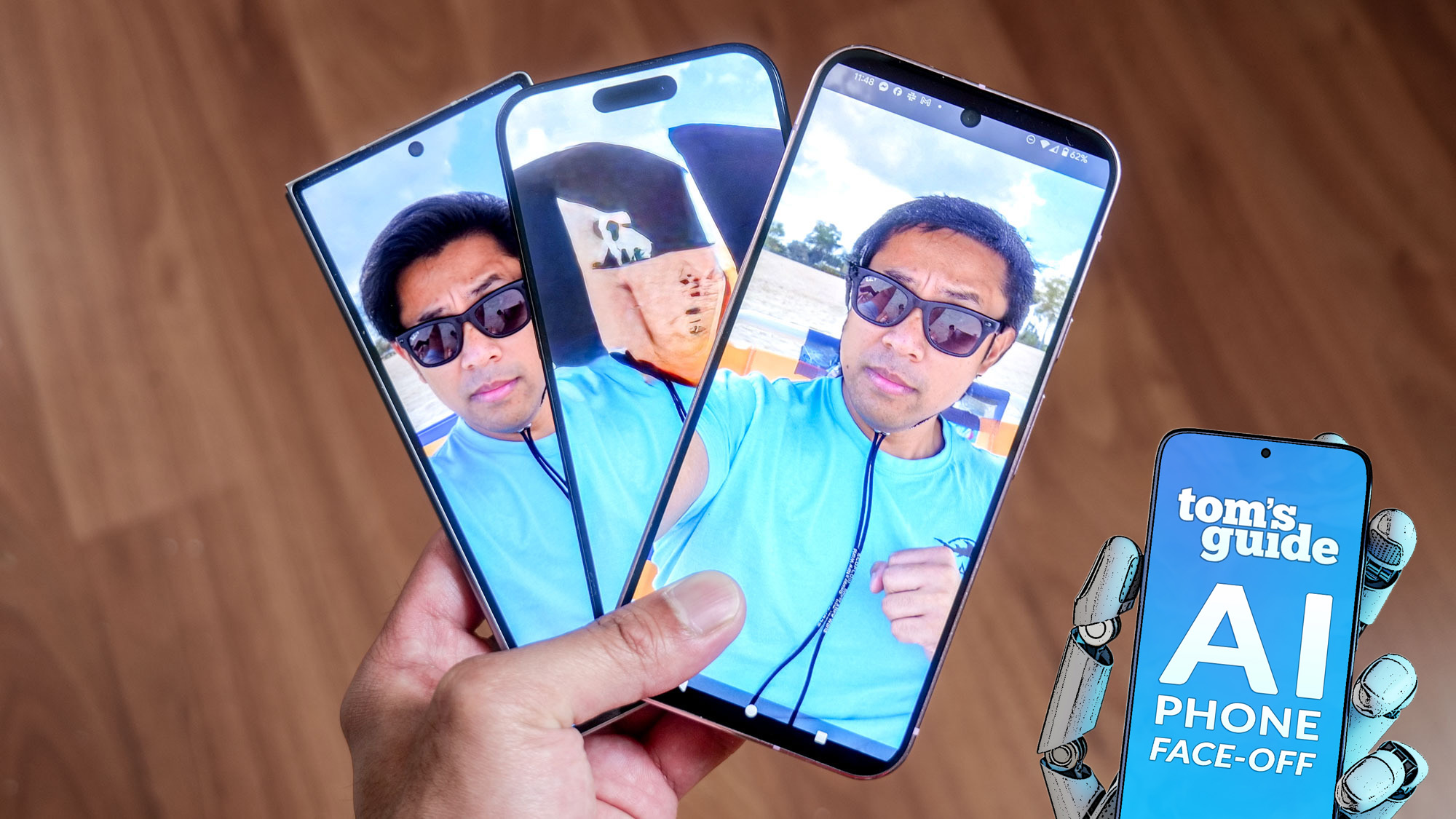
Google AI The Current Gold Standard
Google's head start in the AI space is evident in its robust and effective photo editing tools, making it the benchmark for its competitors. The suite of features available on Pixel phones is extensive and powerful.
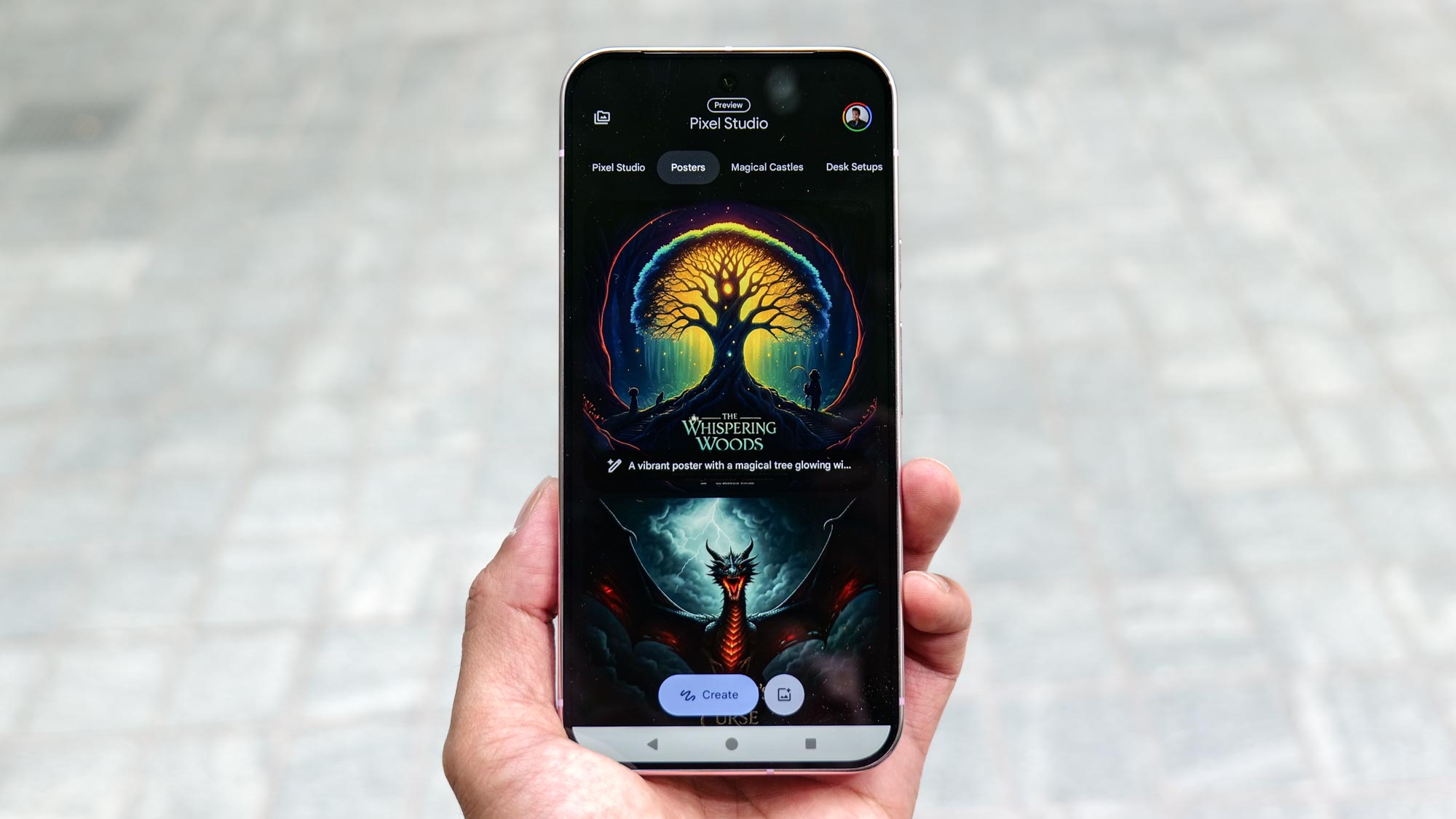
Key Google AI Photo Features:
- Magic Editor: An all-in-one tool for complex edits like removing or resizing subjects.
- Magic Eraser: Quickly and easily removes unwanted objects or people from photos.
- Photo Unblur: Sharpens blurry photos with a single tap.
- Best Take: Swaps faces in group shots to ensure everyone is smiling and has their eyes open.
- Add Me: Seamlessly adds the photographer into a group shot they've just taken.
- Pixel Studio: A text-to-image generator that creates highly realistic and accurate images.
- Reimagine: Edits existing photos using detailed text descriptions to change backgrounds or add elements.
Magic Editor remains a favorite for its versatility, allowing users to move and resize subjects while generative AI realistically fills in the background.
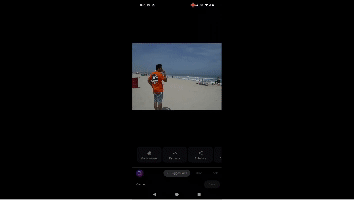
Where Google truly shines is with Pixel Studio's ability to create lifelike images from text prompts, especially when generating people. Furthermore, the Reimagine feature is a unique and massive time-saver, letting you modify existing photos with simple text commands. However, there's room for improvement. Best Take, for instance, would be more powerful if it used generative AI to create ideal expressions rather than requiring multiple burst shots to work.
Samsung Galaxy AI The Impressive Challenger
Samsung didn't disappoint when it launched Galaxy AI, delivering a powerful set of tools that position it as a serious contender. While it may have fewer features than Google, the quality is outstanding.
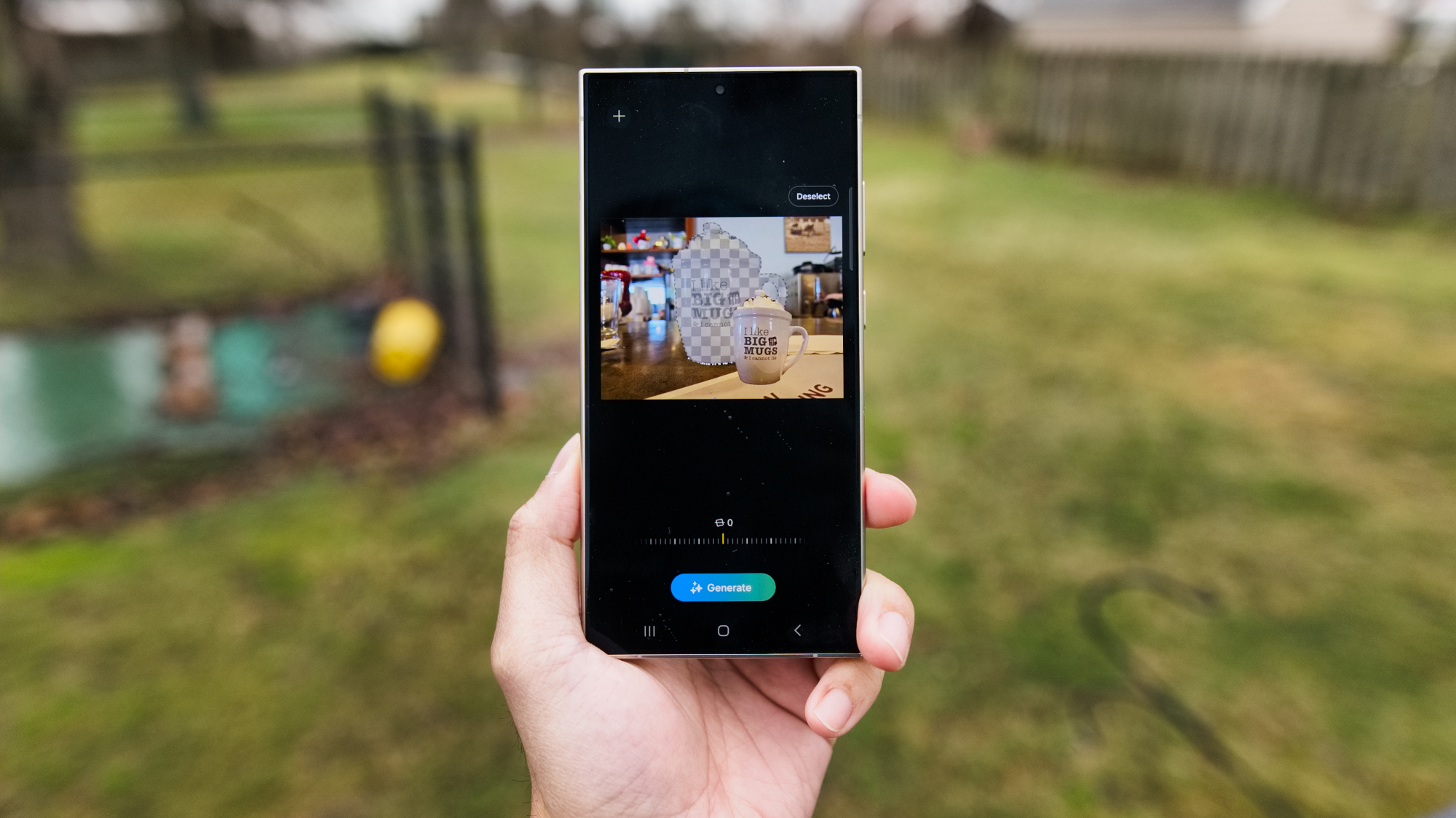
Key Galaxy AI Photo Features:
- Generative Edit: Excels at accurately removing subjects and filling gaps with realistic detail.
- Edit Suggestions: Automatically identifies and suggests potential improvements for your photos.
- Sketch to Image: Transforms simple sketches into realistic objects that blend into your photos.
- Portrait Studio: Applies a variety of fun and creative effects to portrait photos.
Generative Edit is arguably the star of the show, often outperforming its rivals in how accurately it detects subjects in complex scenes. It makes removing people, objects, and even reflections incredibly simple, with the AI fill being consistently believable.
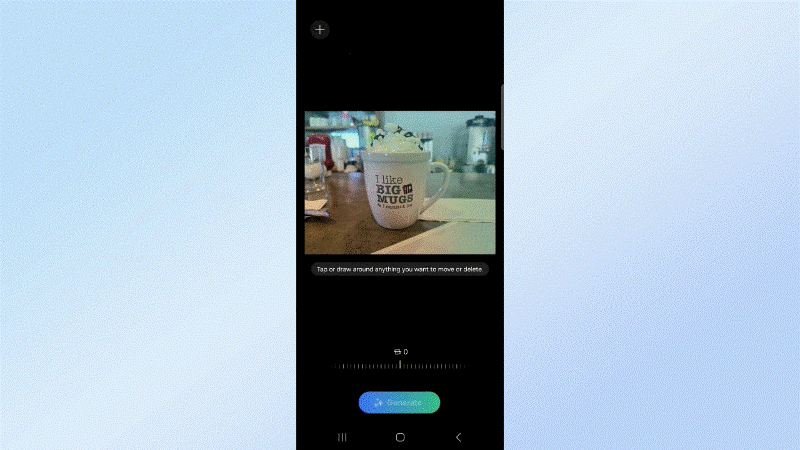
Sketch to Image is another impressive innovation, allowing even non-artists to add detailed, AI-generated elements to their pictures based on rough drawings. While Samsung's toolkit isn't as vast as Google's, its core features are exceptionally well-executed, making it a superb runner-up.

Apple Intelligence A Work In Progress
Apple is clearly playing catch-up in the AI photo editing race. While Apple Intelligence has introduced some new capabilities, its toolset is sparse and less effective than the competition.
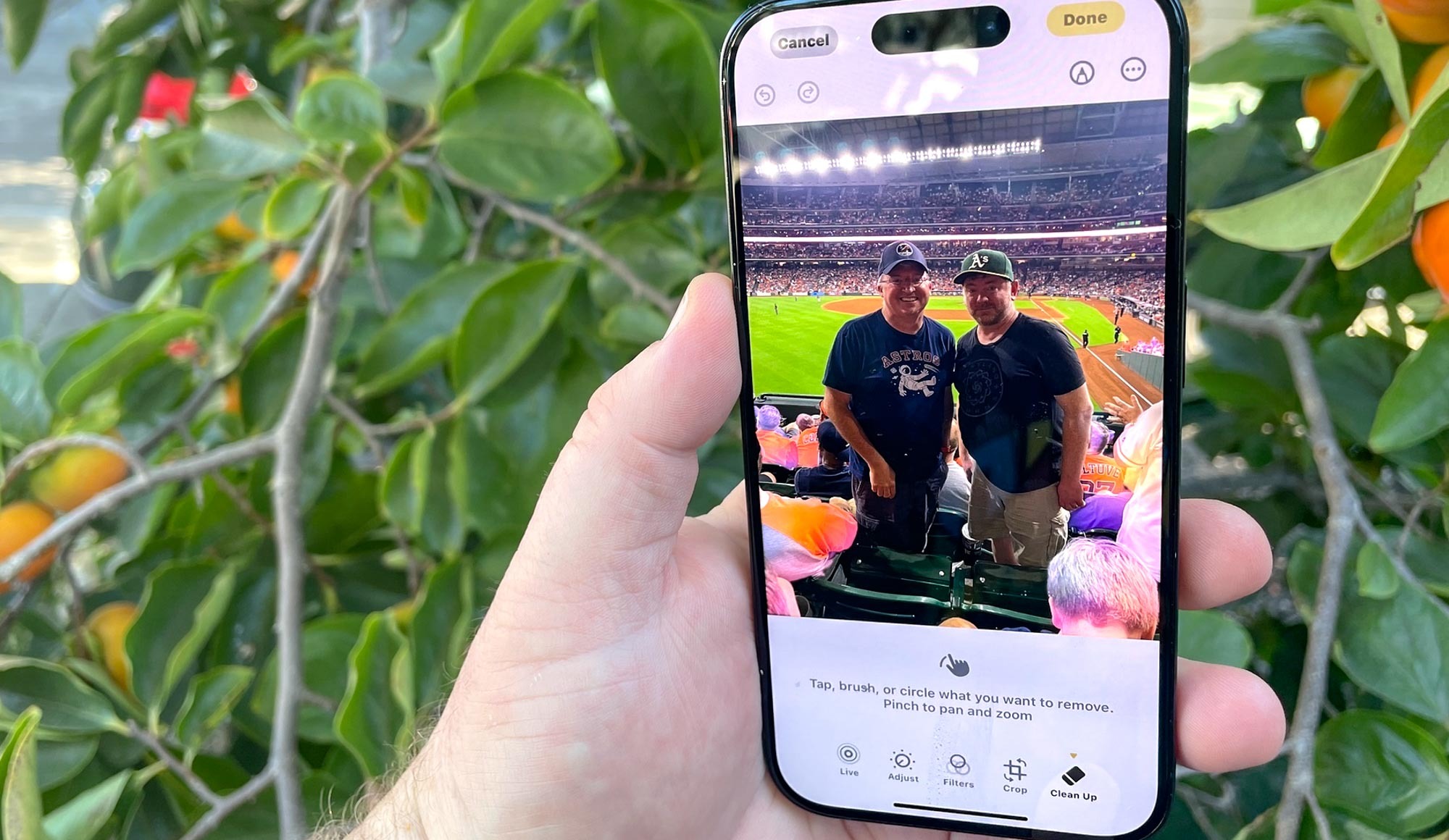
Key Apple Intelligence Photo Features:
- Photo Clean Up: An intuitive tool for removing subjects from photos.
- Image Playground: A text-based image generator for creating new images from scratch.
The primary editing feature, Photo Clean Up, works reasonably well for simple removals but gets hung up on busy backgrounds or complex objects, performing worse than both Google's and Samsung's tools. In tests, it struggled to properly remove objects like a hat from a person's head.
Similarly, Image Playground, Apple's AI image generator, lacks the realism and prompt-following accuracy of Google's Pixel Studio. It often fails to incorporate specific details from prompts, resulting in less impressive creations.

Currently, Apple's offerings feel a generation behind. Significant improvements will be needed in future updates, such as the rumored iOS 26, for it to be considered a serious competitor.
The Final Verdict Who Edits Best
After extensive testing, Google's head start in AI gives it a clear advantage. The sheer number and overall effectiveness of its features make the Pixel 9 Pro XL the top choice for AI-powered photo editing.
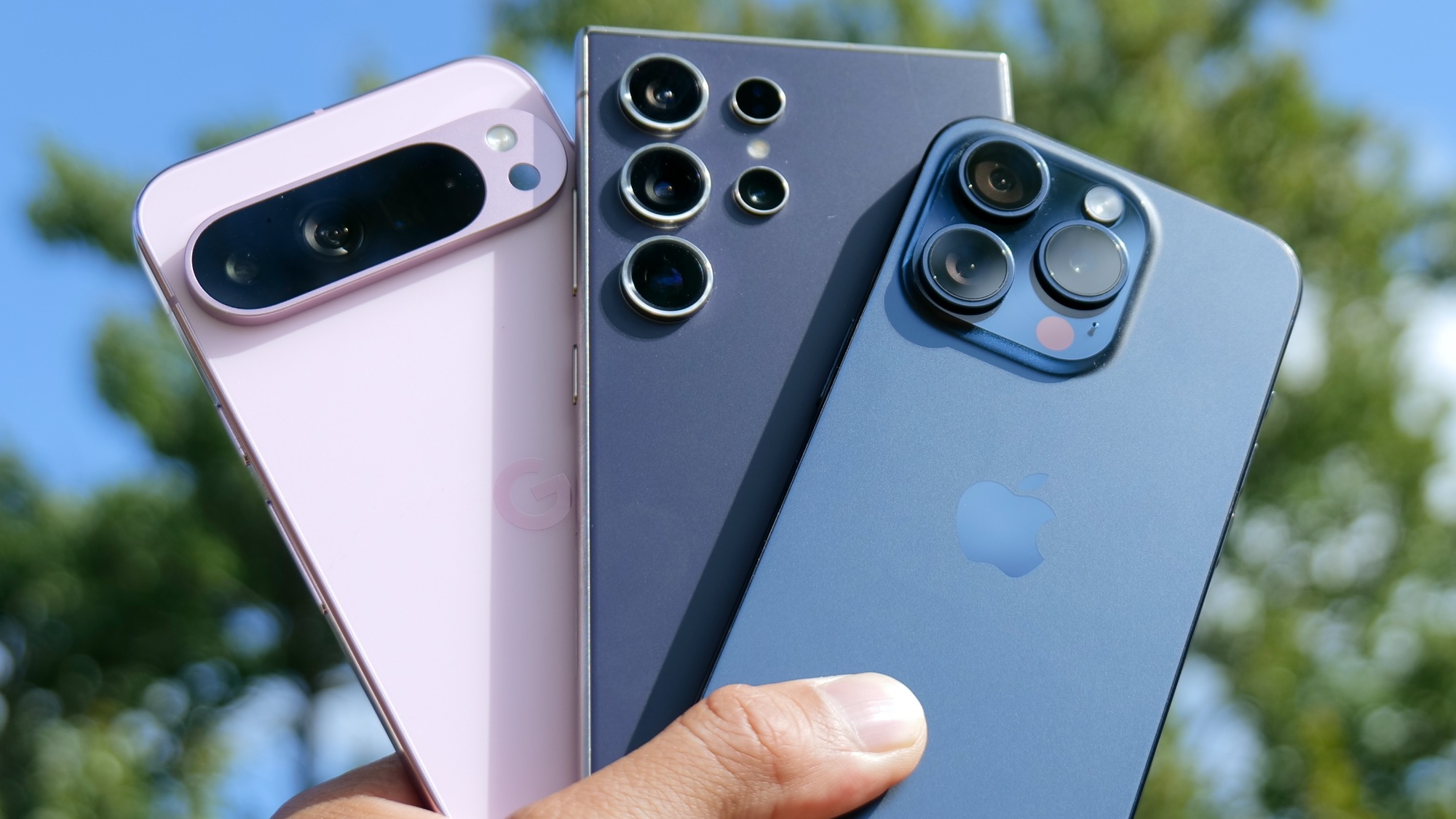
Samsung earns a strong second place. Galaxy AI is incredibly impressive, with Generative Edit proving to be a best-in-class feature for object removal and realistic background filling. Apple, however, lands in a distant third. With fewer tools that are also less effective, it has a lot of ground to make up to challenge the leaders in the mobile AI space.
Compare Plans & Pricing
Find the plan that matches your workload and unlock full access to ImaginePro.
| Plan | Price | Highlights |
|---|---|---|
| Standard | $8 / month |
|
| Premium | $20 / month |
|
Need custom terms? Talk to us to tailor credits, rate limits, or deployment options.
View All Pricing Details

